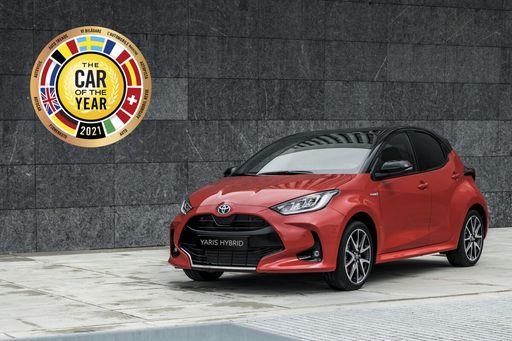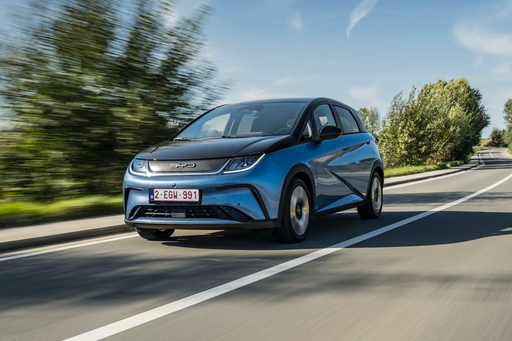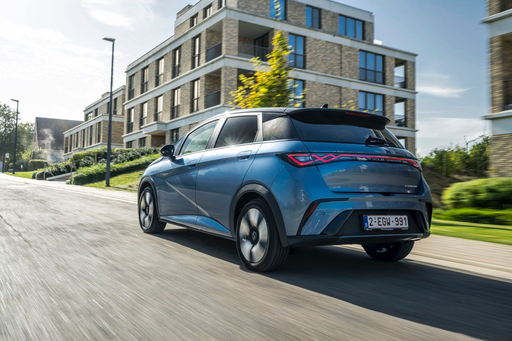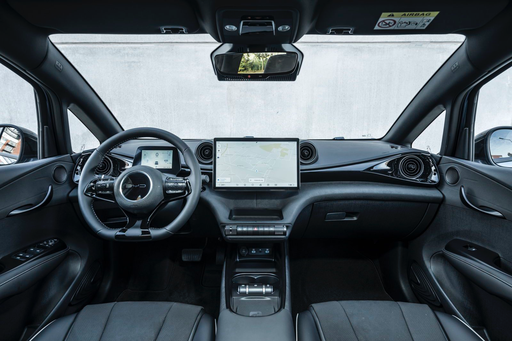BYD Dolphin vs. Toyota Yaris: A Comprehensive Comparison
The automotive market is rapidly evolving, particularly with the push towards electrification. Two models that are gaining attention in the hatchback segment are the BYD Dolphin and the Toyota Yaris. Both cars come with unique offerings, catering to various consumer needs. This article delves into the technical aspects and innovations of both vehicles to help you make an informed choice.





